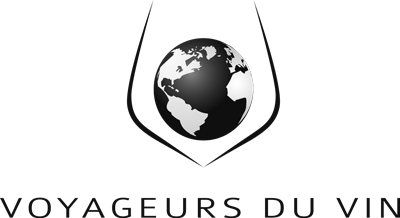Region and Vineyards
The 2008 Insignia is composed of fruit from six estate vineyards situated across some of Napa Valley's most renowned AVAs, each chosen for its unique contribution to the blend's complexity and balance. The largest share (32%) comes from Suscol Vineyard, located in the cooler southern Napa Valley, known for preserving acidity and vibrancy.
The Yountville Vineyard (23%) in the Oak Knoll District offers plush fruit and floral elegance, while Barboza (14%) and Las Rocas (13%), both in the Stags Leap District, provide structure, graphite minerality, and fine tannins. Home Ranch in St. Helena (13%) brings ripe black fruit and richness. Finally, Banca Dorada (5%) in Rutherford contributes the classic dusty tannins of this historic sub-region. These vineyard parcels ripened under a season of climatic contrasts, resulting in lower yields but high-quality fruit with excellent ageability.
Winemaking
The 2008 blend consists of 89% Cabernet Sauvignon, 7% Petit Verdot, and 4% Merlot. Following harvest from September 8 to October 24, each lot underwent a five-day cold soak to enhance color and aromatic extraction, followed by fermentation and extended maceration of up to 40 days, intensifying depth and mouthfeel.
The wine was matured for 24 months in 100% new French oak, sourced from top coopers to ensure a balanced integration of oak spice and texture. This extended élevage imparted creaminess and refined structural elements, allowing the wine to age gracefully while maintaining freshness and precision.
Tasting Notes
- Color: Vibrant garnet with deep intensity and youthful clarity.
- Aroma: Rich aromatic layers of roasted coffee, graphite, and ripe black fruit, with hints of mineral smoke and subtle dried flowers.
- Palate: Creamy and structured, with concentrated notes of blackberry, plum, dark chocolate, and iron-like minerality. The mouthfeel is velvety and persistent, ending with excellent length and balance.
Did you know?
The 2008 growing season was marked by a historic spring frost, the longest since 1971, followed by heat spikes in September and October. These extremes led to a naturally low-yielding vintage, enhancing the concentration and structure of the fruit, particularly in Cabernet Sauvignon—a key to the vintage's enduring quality.
Wine Pairing Ideas
- Dry-aged New York strip steak: Enhances the wine's ripe fruit and tannin structure with umami-rich beef.
- Mushroom and black garlic risotto: A vegetarian pairing that mirrors the wine's earthy and creamy character.
- Braised lamb shanks with rosemary and olives: Accents the dark fruit and graphite tones with herbal and savory depth.
- Aged gouda or Comté: Cheese with nutty complexity pairs beautifully with the wine's texture and aged character.
